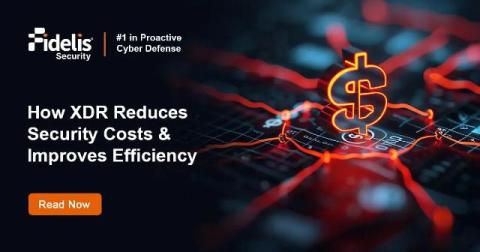How Self-Sovereign Identity Will Transform User Verification in 2025?
Self-Sovereign Identity (SSI) is the latest privacy and security model that uses blockchain and cryptography to put you in control of your own identity. In this blog, we will dive into what SSI is all about, its core principles, real-life uses, and why it is set to transform how we manage identities in todays digital world.











